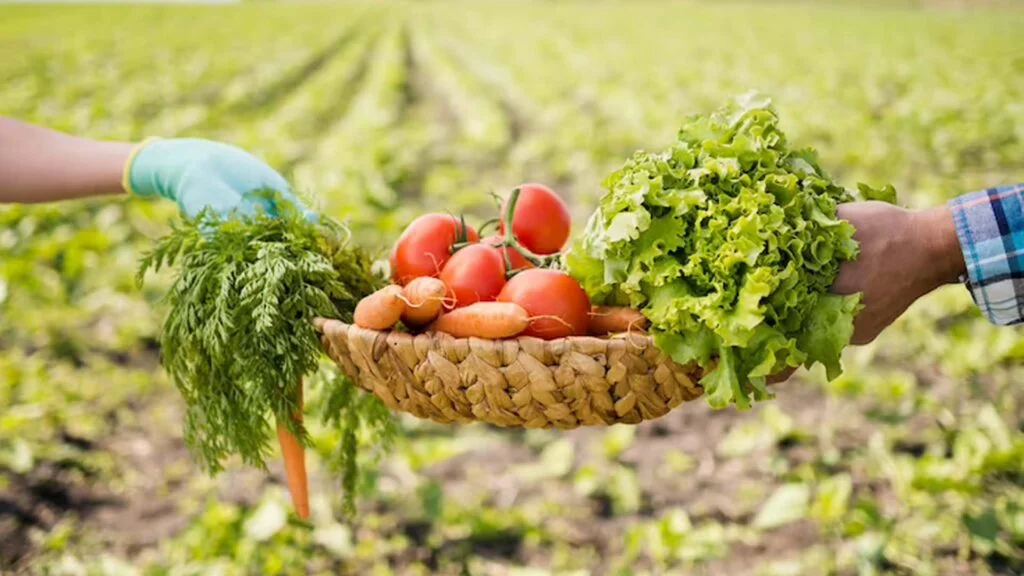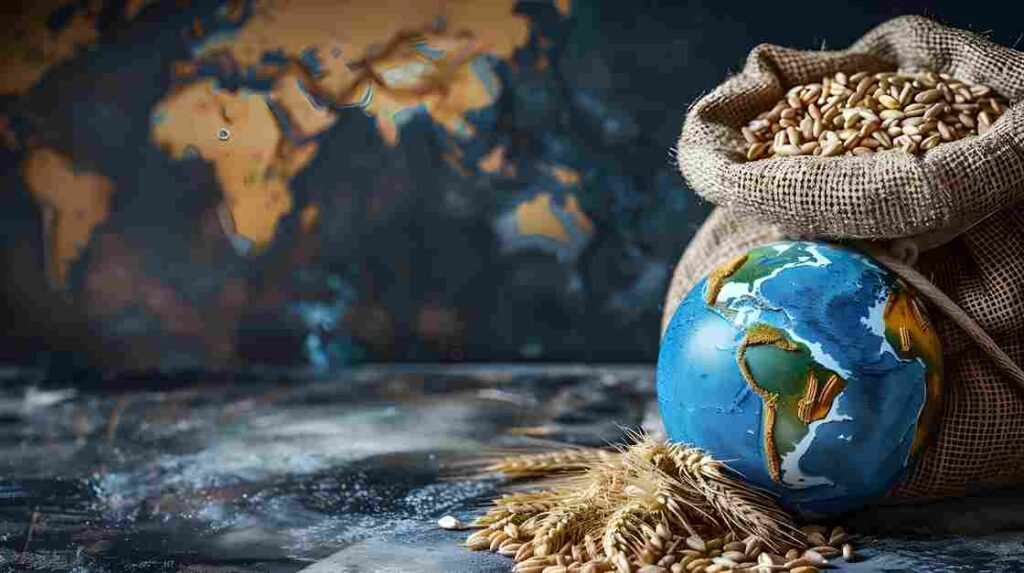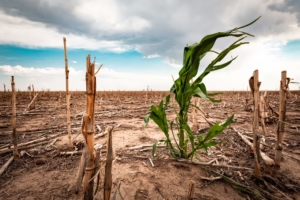Introduction
The field of Sustainable Agriculture Practices is rapidly evolving, driven by the need to address environmental challenges, enhance food security, and meet the demands of a growing population. Recent research highlights innovative practices and technologies that promote sustainability while ensuring agricultural productivity. As we move into 2025, understanding these trends is essential for farmers, agribusinesses, and stakeholders aiming to adopt effective strategies for sustainable farming. This article summarizes the latest research findings in sustainable agriculture practices, focusing on key trends such as soilless systems, water-saving technologies, and the integration of advanced technologies.
Key Trends in Sustainable Agriculture Research
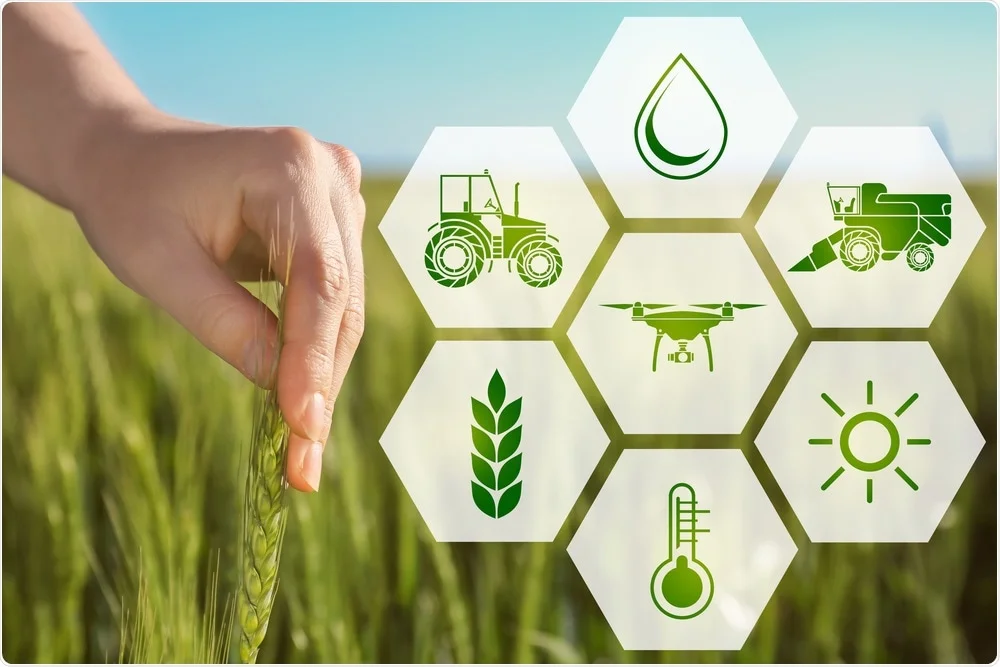
1. The Expansion of Soilless Systems
Recent studies indicate a significant shift towards soilless cultivation methods, such as hydroponics and aeroponics.
- Water Efficiency: Soilless systems can use up to 90% less water than traditional soil-based methods, making them ideal for regions facing water scarcity. Sustainable Agriculture Practices
- Nutrient Delivery: Innovations in nutrient recirculation and system design are enhancing crop yields and profitability for growers. This trend is expected to continue growing as technology advances.
2. Advanced Water-Saving Technologies
Research is increasingly focused on developing technologies that optimize water use in Sustainable Agriculture Practices.
- AI-Driven Solutions: The integration of artificial intelligence for moisture monitoring and predictive analytics is helping farmers manage water resources more efficiently.
- Sustainable Growing Media: There is a growing interest in using coconut coir, hemp fiber, and wood-based substrates that not only support plant growth but also contribute to waste reduction and circular economy principles. Sustainable Agriculture Practices
3. Automation and Precision Agriculture Technologies
The adoption of automation and precision agriculture is transforming Sustainable Agriculture Practices.
- Robotics in Agriculture: The use of robotics for tasks such as planting, harvesting, and pest control is becoming more common. The global market for agricultural robotics is projected to reach $86.5 billion by 2033.
- AI-Powered Predictive Models: These models enable farmers to make data-driven decisions regarding crop management and yield forecasting, enhancing overall efficiency.
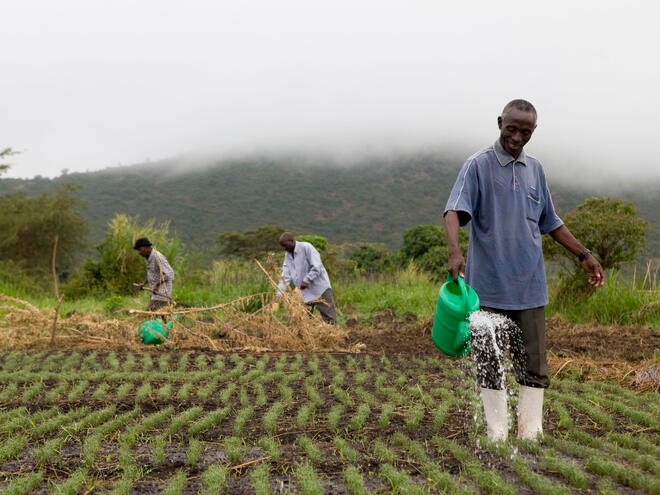
4. Biodiversity in Controlled Crop Systems
Research emphasizes the importance of biodiversity within controlled environment agriculture (CEA).
- Diverse Crop Portfolios: Diversifying crop production not only mitigates risks associated with price volatility but also enhances ecosystem resilience.
- Modular Systems: Improved modular systems that allow mixed-crop production are gaining traction as they provide flexibility and adaptability in urban farming settings.
5. Growth of Urban and Vertical Farming
Urbanization has led to a remarkable growth in urban and vertical farming practices.
- Market Projections: The global vertical farming market is projected to grow at a compound annual growth rate (CAGR) of 19.7%, reaching $13.7 billion by 2029.
- Local Food Production: These farming methods reduce transportation emissions and provide fresh produce directly to urban consumers.
Conclusion
The latest research in sustainable agriculture practices highlights innovative solutions that address pressing environmental challenges while enhancing food production capabilities. From the expansion of soilless systems and advanced water-saving technologies to the integration of automation and precision agriculture, these trends are shaping the future of farming. As stakeholders in the agricultural sector continue to adapt to these changes, embracing sustainable practices will be essential for achieving long-term success in an increasingly competitive market.
Stay informed about the latest developments in sustainable agriculture—consider implementing new practices that align with these trends to enhance your farming operations!
Q&A Section
Q: What are soilless systems?
A: Soilless systems are cultivation methods such as hydroponics or aeroponics that use nutrient-rich solutions instead of soil to grow plants, significantly reducing water usage.
Q: How do advanced water-saving technologies benefit agriculture?
A: These technologies optimize water use through AI-driven monitoring and sustainable growing media, helping farmers conserve resources while maintaining crop yields.
Q: Why is biodiversity important in controlled crop systems?
A: Biodiversity enhances resilience against pests and diseases while allowing farmers to diversify their product offerings, reducing economic risks associated with price fluctuations.
Resources
- Sustainable Agriculture in 2025: 6 Trends to Watch – Jiffy Group
- Sustainable Agriculture Global Market Report 2025 – The Business Research Company
- Sustainable Agriculture Conference 2025 – Call for Papers
- npj Sustainable Agriculture – Nature


